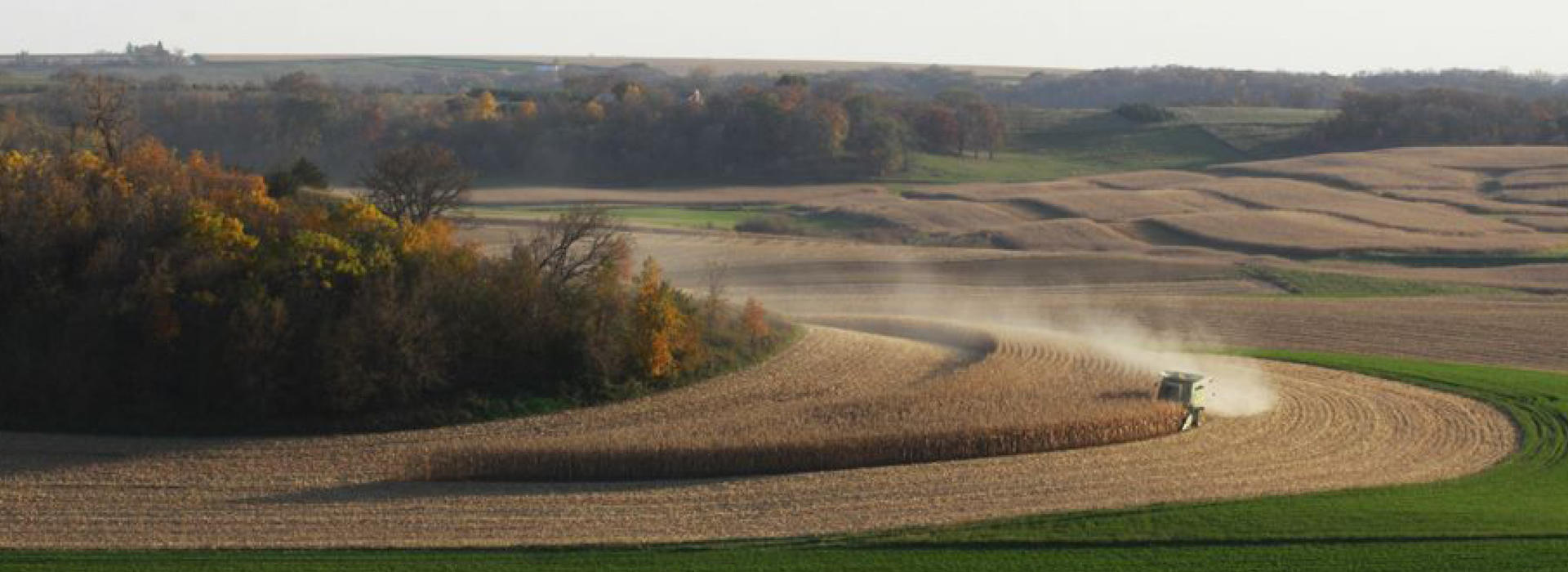
Celebrating the History of Educating Minnesota’s Rural Physicians
The shortage of rural and family physicians in the United States is seemingly an ever-present issue. According to the American Academy of Family Physicians (AAFP), in 2016, more than 20 percent of the United States population resides in rural areas, but only 10 percent of physicians practice in these communities.
For decades, the University of Minnesota Medical School has partnered with hospitals and clinics in rural parts of the state to mitigate this issue. The Rural Physician Associate Program (RPAP) was created in 1971 by Dr. Jack Verby. RPAP was the first medical school longitudinal clerkship of its kind and has been replicated at universities around the world. Its main objective-- increasing the number of primary care physicians in rural Minnesota.
“The program was born of the state’s need to better align the Medical School’s physician workforce with the needed rural workforce, and it has been our mantra ever since,” says Dr. Kirby Clark, Director of RPAP.
The program is intended to give each student a strong foundation in clinical and communication skills, a confident, professional approach and an understanding of the impact of healthcare services on a community’s health.
“By stabilizing the learning environment, students are then able to focus on all of the learning opportunities around them. They are able to see patients, maybe even several times throughout the course of their clerkship, and therefore see how illnesses evolve,” says Dr. Macaran Baird, CEO of UMPhysicians.
Dr. Baird knows firsthand the benefits of the clerkship as a 1974 graduate of the program.
“These are experiences that typically don’t present themselves to students until residency. However, because RPAP was designed specifically for third-year students, they get to partake in them beforehand, which helps them make an informed decision on where they’d like to end up post-graduation. In addition, they become socialized into the world of physicians. They get to know them, how they work in teams and how to utilize community resources,” says Dr. Baird.
“Having RPAP students is by far our greatest recruiting tool,” says Dr. Julie Benson, an RPAP preceptor at the Lakewood Health System in Staples. “It is a nine-month-long interview that builds strong relationships and engagement.”
Since its inception, more than 1,500 students have participated in the program; 651 are students who attended the Medical School’s regional campus in Duluth, Minnesota.
“Every two out of three students who participate in the RPAP clerkship go on to practice in Minnesota, more than 40 percent practice in rural locations and 75 percent are primary care physicians, “ said Dr. Paula Termuhlen, Regional Campus Dean and Professor of Surgery for the University of Minnesota Medical School.
As the Medical School celebrates its 130th anniversary, Regional Dean Termuhlen calls the program one of the greatest achievements of the Medical School in service to Greater Minnesota.
“RPAP is integral to educating Minnesota’s rural physicians and fulfilling our mission as a regional campus to serve the needs of Minnesota’s rural and Native American communities,” added Termuhlen.